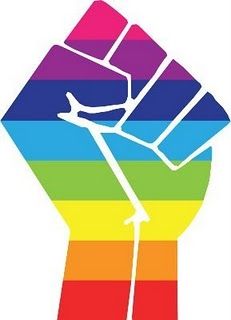So I meant to keep a weekly blog, but it looks like it’s more likely to be a monthly blog! There are so many things that have happened in the last month, but it’s been tricky to keep up with writing it all down. I have a student teacher, I have almost 90 students, and I have been designing my own lessons, some of which have been great, and some of which have flopped!
On Thursday and Friday, I launched a lesson to discover the slope ratio that I took from Fawn Nguyen, one of my favorite math teacher bloggers. The lesson can be found here: http://fawnnguyen.com/staircase-steepness/#comment-10453
My students didn’t use protractors the way hers did, so there’s been many more differences between the rankings that students came up with; much less consensus.
So far, I’ve worked on it with them for about two days so far (we have 44 minute periods sometimes and 88 minute periods other days, which makes pacing tough), and tomorrow we’re going to conclude this lesson. Only one of my students asked for protractors and measured the angles; everyone else measured with their rulers. I found way more students measuring the slant, and in one of my classes, the students were NOT convinced by their classmates, so we had MANY MORE distinct rankings. About the only thing we could agree on was that F was the least steep and D was the most steep (and not even completely).
We concluded on Friday with the notion that the individual measures of the parts weren’t useful, but that we could compare some by making ratios… They were considering which ratios might be useful this weekend, and trying out at least two to see if they could find one that supported their ranking.
I’m trying to figure out how to guide the conversation tomorrow so that all students will come to see that we can use height/base or step height/step width to get a valid ranking that leads to seeing slope as change in y/change in x.
My students are 8th graders, and they’re not used to discovering math on their own as much. I think this is some of their first year being pushed to think so much on their own (as opposed to being given formulas).
Any suggestions about how to guide tomorrow’s conversation?
As a teacher who is trying discovery learning and guiding conversations, I still find myself trying things out, revising things, and not always liking how it turns out. I’m planning to go from this lesson into one about how to find the slope of a line on the graph.
